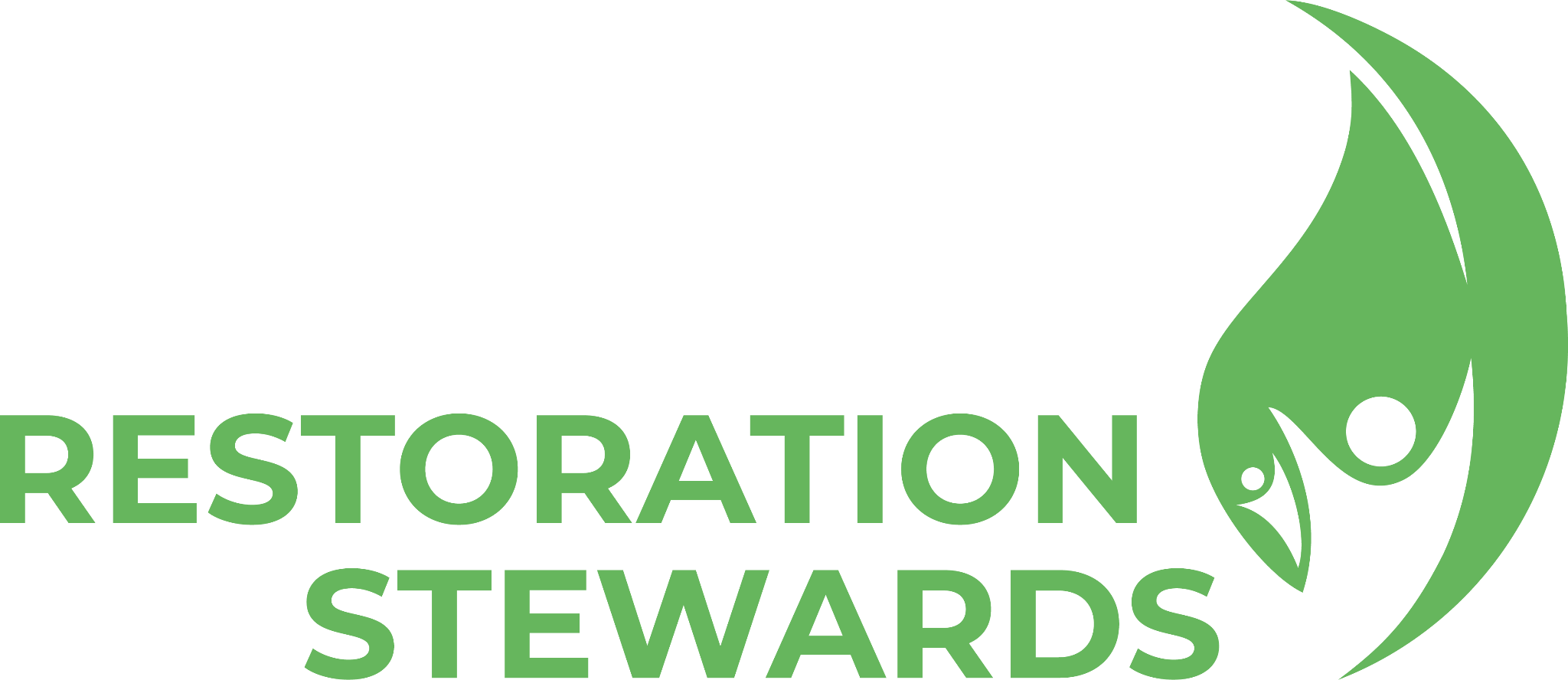New coral recruits, new hope

The climate crisis is taking a heavy toll on one of the most important ecosystems in the world. Coral reefs, sometimes referred to as the rainforests of the ocean, are a crucial ecosystem home to thousands of species of marine organisms. They also help sequester carbon and provide us with oxygen. According to the National Oceanic And Atmospheric Administration (NOAA), coral reefs make up less than 1% of our ocean and yet are home to 25% of marine life. One of the efforts that we at the Perhentian Marine Research Station (PMRS) have been doing is creating our own artificial coral reef to support the recovery of the natural reef.
What is an artificial reef?
Artificial reefs are designed to restore damaged and collapsed reefs by mimicking a reefscape to support ecosystem functions. There are multiple ways to create an artificial reef, including using various human-made structures such as concrete blocks, metal frames and shipwreck. Broken off corals collected at nearby reefs to be tied to the structure are left to grow on the structure. PMRS has initiated a coral block project with a structure made of concrete and recycled glass bottles. The blocks will serve as a substrate for new corals to grow.

The coral blocks that we create is small enough to carry and manage underwater after deployment if necessary. The corals that grow on our coral blocks are naturally recruited babies from the annual coral spawning event. This means we left the structure underwater for nature to rectify and have not intentionally tied up broken coral fragments. Instead, coral larvae choose to naturally attach themselves to the coral blocks. The structure also invites other marine life such as fish, nudibranch and invertebrate to inhabit it.
Our artificial reef
Our artificial reef is located in the waters of the Perhentian Islands, off the Pacific coast of Peninsular Malaysia. We started our efforts to create an artificial reef in 2019, and the project is still ongoing with active monitoring from our crew. The objective of the project is to study the development of artificial reef projects. Beside, to provide an introductory platform for early education in marine ecosystems with the community. It took about three years to observe a significant growth in the corals: as of the end of 2022, we have new coral recruits growing on 36 coral blocks.



The annual coral spawning around the islands only occurs once a year. During our pre-season dive at the start of 2022, we noticed new coral babies growing on the blocks. Thus, with the support of the GLF Restoration Stewards program, the station decided to focus on identifying and tagging the newly recruited corals to establish a database. By allowing the natural recruitment of corals, we are more likely to record multiple species or genera of growing corals on the block. Based on our database, we now have 57 new corals with four different coral genera and six different growth forms.









From our weekly monitoring dives, the most common genus found on our blocks is Porites. It grows in different forms including encrusting, massive and branching coral. With the successful recruitment and growth of the corals, we are able to progress to study their growth patterns and assess their resilience for future restoration projects.


